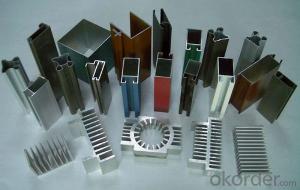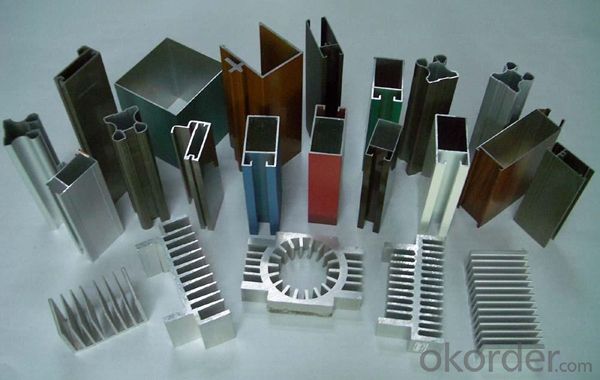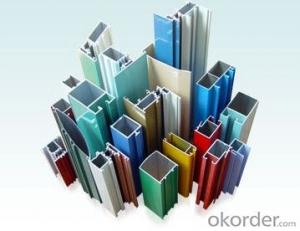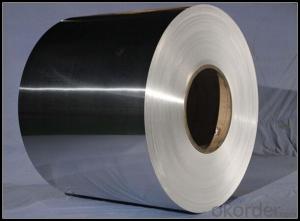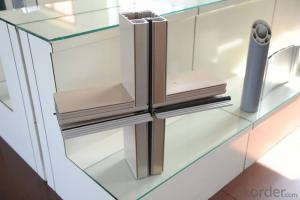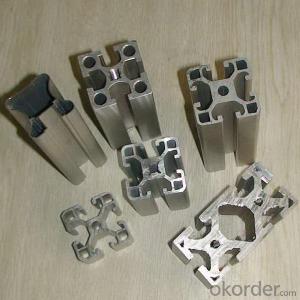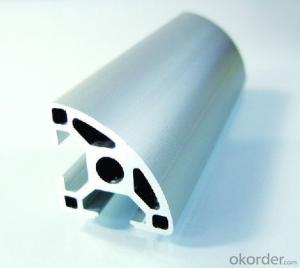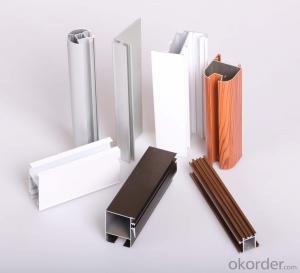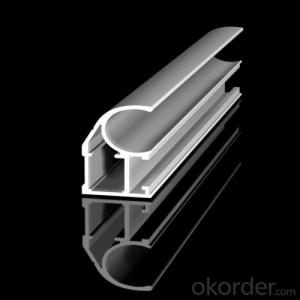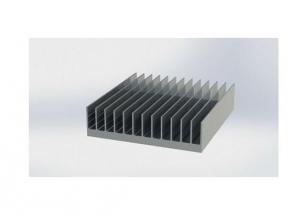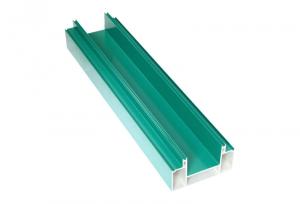Aluminum Profiles India for Office Screen and Office Partition
- Loading Port:
- Shanghai
- Payment Terms:
- TT OR LC
- Min Order Qty:
- 5 m.t.
- Supply Capability:
- 10000 m.t./month
OKorder Service Pledge
OKorder Financial Service
You Might Also Like
Specification
1. Specification of Aluminum Alloy Profiles for Office Screenn Office Partition
Alloy | AA1050,AA1060, AA1070, AA1100 |
Temper: | H12, H14, H16, H18, H22, H24, H26, H32,HO, F |
Thickness: | 0.10-500mm |
Width: | 10mm- 2200mm |
Standard: | GB/T3880-2006, ASTM, ISO, EU standard |
Special Specification is available on customer’s requirement | |
2. Application of Aluminum Alloy Profiles for Office Screenn Office Partition
wall cladding, ceilings, bathrooms, kitchens and balconies, shutters, doors,windows…
3. Feature of Aluminum Alloy Profiles for Office Screenn Office Partition
Surface Quality :
Be free from Oil Stain, Dent, Inclusion, Scratches, Stain, Oxide Decoration, Breaks, Corrosion, Roll Marks, Dirt Streaks and other defect which will interfere with use,
Mochenical Property:
Chemical Composite and Mechanical Property
4. Certificate:
SGS and ROHS(if client request, paid by client), MTC(plant provided), Certificate of Origin(FORM A, FORM E, CO), Bureau Veritas and SGS (if client request, paid by client), CIQS certificate
5. Image of Aluminum Alloy Profiles for Office Screenn Office Partition
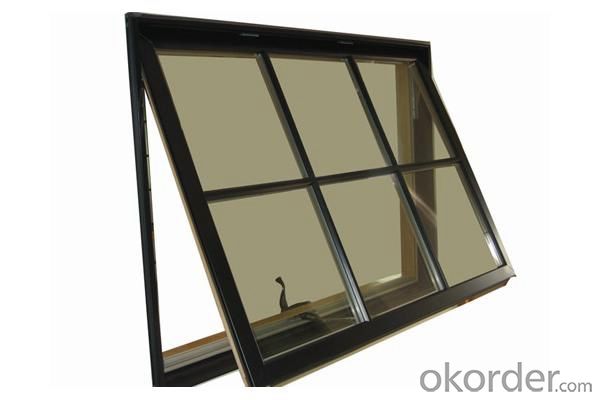
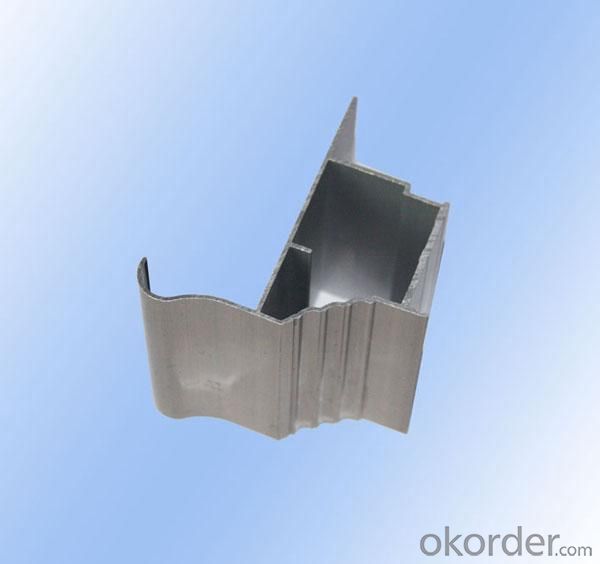
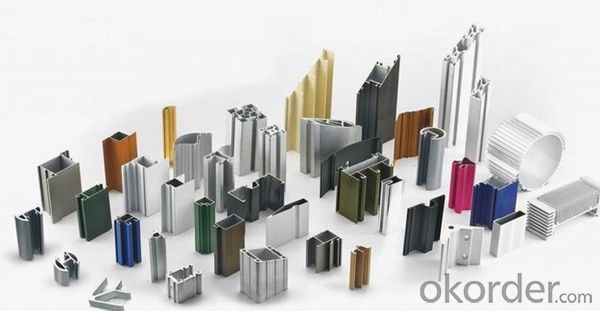
6. Package and shipping of Aluminum Alloy Profiles for Office Screenn Office Partition
First, plastic cloth with drying agent inside; Second, Pearl Wool; Third, wooden cases with dry agent, fumigation wooden pallets, aluminum surface could cover blue PVC film
7. FAQ
Question 1: What is your MOQ?
We accept one ton per type for an order. But the detail we could negotiate.
Question 2: What is your normal terms of payment?
We always trade with you by T/T. But we also accept the L/C as you require.
Question 3: How many kinds of the surface treatment we can choose?
You could choose different color of powder coated. Anodized of black. matte silver, nature, champagne, bronze color. Mill finished. Wooden finished and printed.etc.
Question 4: Can you supply OEM services?
We offer OEM services for 17 years.
Question 5: How many days for opening the mould?
Normally about 10 days.According to the difficulty of your drawing.
Question 6: Can i choose the package what i want?
Yes, of course. We offer various kinds of package.e.g.PE foam. Shrink film. Wrapping paper.
But we would give you professional suggestion of package.
- Q: What are the various finishes or coatings that can be applied to aluminum profiles to enhance their appearance, durability, or functionality?
- <p>Aluminum profiles can be coated with a variety of options to improve their aesthetic appeal, corrosion resistance, and performance. These include anodizing, which creates a protective oxide layer; powder coating, offering a wide range of colors and textures; electrophoretic coating, known for its smooth finish; and thermal spraying, which involves applying a coating through a high-velocity flame. Other options are painting, which can be done in various colors, and polishing, which gives a shiny finish. Each coating option has its specific benefits and applications, depending on the requirements of the project.</p>
- Q: How much does aluminum mold need?
- To see the aluminum circle size and large extrusion machine for production, to determine how much the mold fee. Besides, the die fee is returned, provided that how many tons of products are reached.
- Q: How are aluminum profiles cut and shaped?
- Depending on the desired result, there are various methods available for cutting and shaping aluminum profiles. One popular approach involves the use of saws. Whether it's a hand saw or a power saw like a miter saw or circular saw, specially designed blades capable of cutting through aluminum are utilized. Alternatively, CNC (Computer Numerical Control) machines provide a highly precise option. By programming these machines, aluminum profiles can be cut and shaped with great accuracy. This technique is particularly suitable for intricate and complex designs. Shaping aluminum profiles can be achieved through different techniques as well. For instance, bending is a common method. Specialized bending machines apply force gradually to achieve the desired angle without causing any damage or deformation to the aluminum. Another shaping technique is extrusion. This involves forcing the aluminum through a die to create a specific shape. Extrusion is commonly employed in the manufacturing of aluminum profiles with consistent cross-sectional shapes like tubes or beams. Overall, achieving the desired results in cutting and shaping aluminum profiles necessitates the use of specialized tools and machinery. The specific method chosen depends on the complexity of the design and the desired outcome.
- Q: How do you cut aluminum profiles?
- If you need to cut aluminum profiles, there are a variety of methods available to you depending on the tools and equipment at your disposal. Here, we will discuss three commonly utilized techniques: 1. Power Saw: To effectively cut aluminum profiles, a power saw like a miter saw or circular saw equipped with a specialized carbide-tipped blade designed for metal cutting is recommended. Adjust the blade to the appropriate speed and angle for your desired cut, and carefully guide the saw through the profile, ensuring a smooth and precise cut. 2. Hacksaw: If power tools are not accessible, a hacksaw is a cost-effective and readily available alternative. Select a fine-toothed blade designed for cutting metal and securely fix the aluminum profile in a vise or workbench. Employ long, steady strokes to slice through the profile, applying gentle pressure to maintain control and prevent blade binding. 3. Shearing: For thinner aluminum profiles, a manual shear can be employed to make straight cuts. Position the profile in the shear, aligning the cutting edge with the desired cut line, and steadily exert pressure on the handle to allow the shear to effortlessly slice through the aluminum. This method is particularly suitable for cutting thinner profiles with precision and minimal risk of distortion. Regardless of the method you choose, it is crucial to wear appropriate safety gear, such as safety glasses and gloves, to safeguard yourself against metal shavings and sharp edges. Moreover, always accurately measure and mark your cut line before initiating the cutting process to ensure your desired outcome.
- Q: Can aluminum profiles be used for rooftop installations?
- Yes, aluminum profiles can be used for rooftop installations. Aluminum is a lightweight and durable material that is resistant to corrosion, making it suitable for outdoor applications such as rooftop installations. It is commonly used in the construction industry for various purposes, including the framing and support structures of rooftop installations.
- Q: This question asks about the various surface treatments or finishes that can be applied to aluminum extrusions, which are shaped profiles made from aluminum.
- <p>Aluminum extrusions can be finished in several ways to enhance their appearance, durability, or functionality. Common finishes include anodizing, which provides a protective oxide layer; powder coating, offering a wide range of colors and textures; painting, which can be done electrostatically or by hand; polishing, resulting in a shiny, smooth surface; brushing, which creates a satin-like finish; and chromate conversion coating, which is a pretreatment for further painting or coating. Other finishes include wood grain transfer, which gives an aluminum surface a wood-like appearance, and various types of protective films or laminates. Each finish serves different purposes, from improving aesthetics to increasing corrosion resistance.</p>
- Q: This question asks for a method to determine the quantity of aluminum profiles required for a construction project.
- <p>To calculate the amount of aluminum profiles needed for a building project, follow these steps: 1. Determine the design specifications and dimensions of the project, including the length, width, and height of the structure. 2. Identify the types and sizes of aluminum profiles required based on the structural needs and design. 3. Calculate the total linear footage of each profile type needed by multiplying the length of each required section by the number of sections. 4. Add up the total linear footage for all profile types. 5. Account for waste and cutting losses, typically adding 5-10% to the total. 6. Ensure the calculations comply with building codes and safety standards. Consult with engineers or architects if necessary.</p>
- Q: How do aluminum profiles perform in terms of impact resistance?
- Known for their excellent impact resistance, aluminum profiles are able to withstand significant impact without becoming easily deformed or damaged, thanks to their inherent strength and durability. The ideal strength-to-weight ratio of aluminum makes it particularly suitable for industries such as automotive, aerospace, and construction, where impact resistance is crucial. In addition, the structure of aluminum profiles allows them to absorb and distribute impact energy, thereby preventing localized damage. This property proves especially advantageous in situations that require resistance to sudden shocks, collisions, or heavy loads. Moreover, aluminum profiles can be customized with specific reinforcements or structural elements to further enhance their impact resistance. This flexibility allows for meeting specific requirements or addressing areas prone to impact. In summary, the exceptional impact resistance of aluminum profiles makes them highly valued in industries and applications where strength and durability are essential.
- Q: Are aluminum profiles suitable for electrical conductivity applications?
- Electrical conductivity applications are not suitable for aluminum profiles. Despite aluminum being a proficient conductor of electricity, the presence of an oxide layer on the surface of aluminum profiles typically obstructs electrical conductivity. Furthermore, aluminum profiles are susceptible to corrosion, ultimately affecting their conductivity. Consequently, materials with superior conductivity attributes like copper or silver are generally favored for electrical conductivity applications.
Send your message to us
Aluminum Profiles India for Office Screen and Office Partition
- Loading Port:
- Shanghai
- Payment Terms:
- TT OR LC
- Min Order Qty:
- 5 m.t.
- Supply Capability:
- 10000 m.t./month
OKorder Service Pledge
OKorder Financial Service
Similar products
Hot products
Hot Searches
Related keywords
